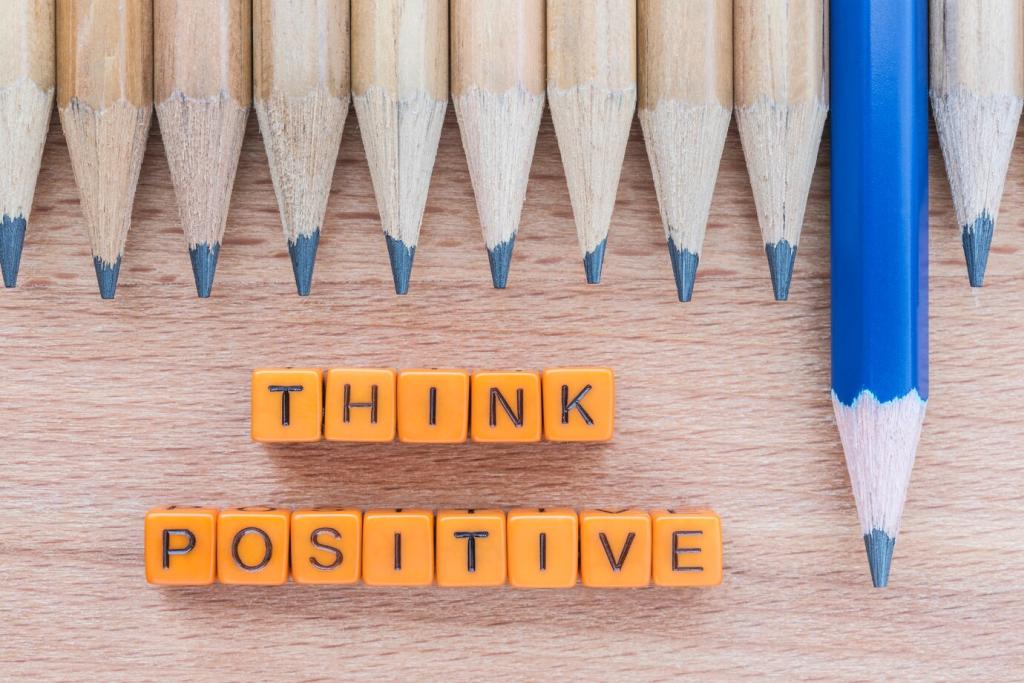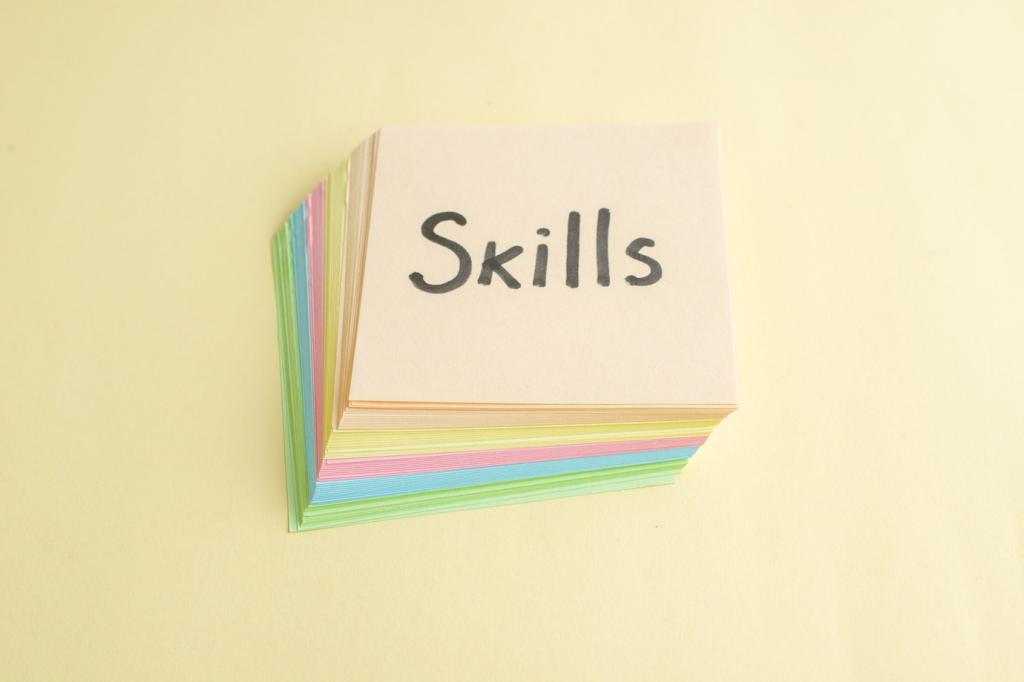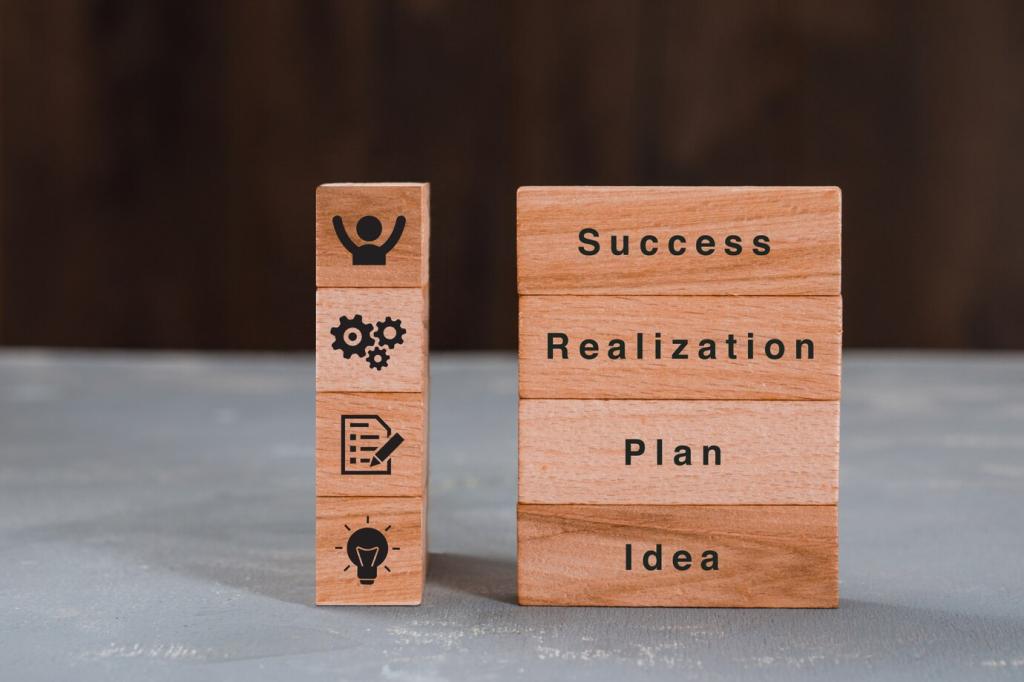Introduction to Blockchain Technology: Your Friendly Starting Point
The Ledger Metaphor
Picture a notebook everyone can read, nobody can secretly erase, and each new page references the last. That notebook is replicated across many computers, keeping everyone honest without a single gatekeeper.
Blocks, Hashes, and Chains
Each block holds a set of transactions and a cryptographic fingerprint, called a hash. The next block includes that fingerprint, chaining history together. Try explaining this to a friend and see which parts feel fuzzy.
A Coffee Shop Anecdote
I once sketched blockchain on a napkin: boxes for blocks, arrows for hashes. A stranger leaned over, asked one question, and suddenly we had a ten-minute conversation about trust. Start your own napkin sketch today.


Trust Without Middlemen
Consensus is how many independent computers agree on the same version of the ledger. Think of neighbors confirming a neighborhood watch log. The more independent confirmations, the harder it is to sneak in a lie.
Trust Without Middlemen
When power is distributed, a single outage or biased actor cannot rewrite history easily. Decentralization brings resilience, but also complexity. Share a moment when a single point of failure caused you trouble.
Keys, Wallets, and Ownership
Your public key is like an email address to receive. Your private key is the password you must never share. With it, you authorize actions. Lose it, and recovery is nearly impossible, so practice careful storage.
Keys, Wallets, and Ownership
Wallets don’t actually hold coins; they hold keys. Software, hardware, or paper, they manage signatures and addresses. Start with a reputable wallet in test mode, note what feels confusing, and ask us in the comments.

Bitcoin’s Original Problem Statement
How can we send value online without trusting a single intermediary? Bitcoin answered with proof-of-work and an open ledger. If that mission resonates, tell us which part of digital cash you want explained next.
Smart Contracts and Ethereum
Smart contracts are programs stored on a blockchain that execute when conditions are met. They enable tokens, DeFi, and NFTs. Think of them as vending machines for logic. Which example would you like us to unpack?
Everyday Use Cases
Cross-border payments, transparent donations, supply chain tracking, and creator royalties all benefit from verifiable records. Share a use case in your industry, and we’ll tailor a future post just for you.
Blocks in Motion: Transactions and Mining
How a Transaction Travels
You sign a transaction with your private key, then nodes propagate it. Validators check rules, and once confirmed, it becomes part of history. Ask us to diagram these steps if visual learning helps you grasp flows.
Mining and Proof-of-Work
Miners compete to solve a hard puzzle, proposing the next block. The winner earns rewards, aligning incentives. Share whether you find the puzzle analogy clear, and we’ll refine it with visuals in a future guide.
Energy and Alternatives
Energy usage sparked debate. Newer systems use proof-of-stake, trading puzzles for economic bonding. Curious about environmental aspects? Comment your questions, and subscribe for our balanced, data-driven explainer.
Risks, Myths, and Responsible Adoption
Prices swing, and scams prey on urgency. Slow down, verify sources, and never share seed phrases. If something sounds guaranteed, it probably isn’t. Share suspicious patterns you’ve seen to help educate others.
Build Your Learning Plan
Foundational Reading and Glossaries
Begin with clear glossaries and introductory whitepaper summaries. Translate jargon into your own words. Post your top three confusing terms below, and we’ll assemble a community-driven, plain-English definitions list.
Hands-On Experiments
Create a test wallet, send a tiny transaction, and explore a block explorer. Seeing your transaction confirm is a memorable moment. Share a screenshot (with private data hidden), and tell us how it felt to verify it.
Join Our Community
Comment with your goals, subscribe for weekly beginner tips, and invite a friend to learn together. We’ll host Q&A sessions focused on Introduction to Blockchain Technology, starting with your most-voted questions.

